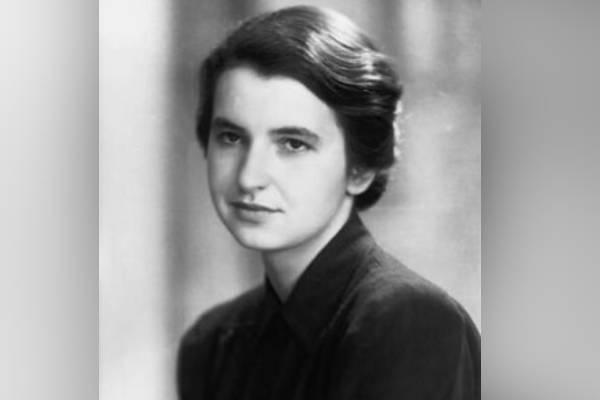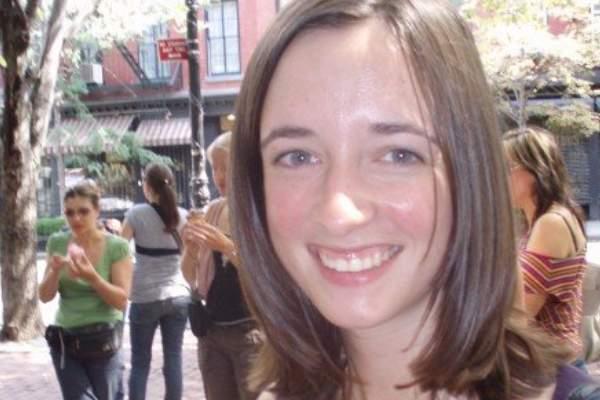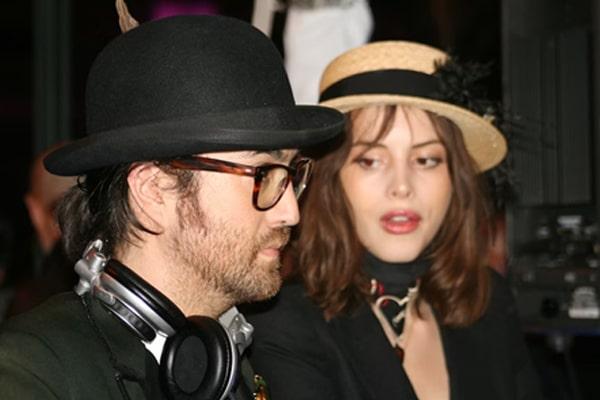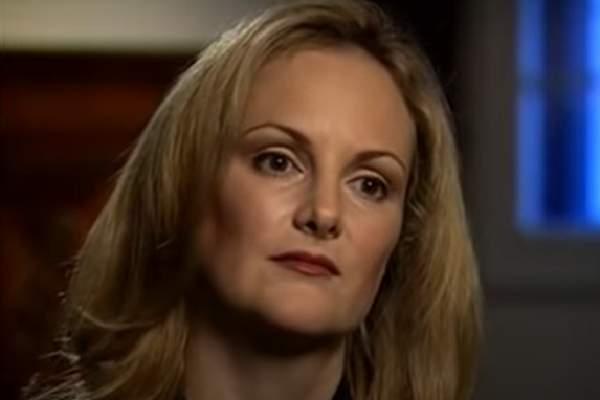Rosalind Franklin was an X-ray crystallographer and scientist most known for her work on DNA X-ray diffraction pictures. The chemist was often referred to as "the wrong heroine" or the "Dark Lady of DNA," as her contributions to discovering the structure of DNA mainly went unnoticed throughout her career.
Franklin is now considered an important historical figure that led to discovering the DNA molecule and its structure. So, today, let's learn more about this remarkable individual in this biography.
Isadora Duncan Biography - American Dancer
Early Life, Family, and Education
Rosalind Elsie Franklin was born into a British Jewish family to parents Ellis Arthur Franklin and Muriel Frances Waley on 25 July 1920. The chemist was born and raised in 50 Chepstow Villas, Notting Hill, London, alongside her siblings David Ellis Franklin, Colin Ellis Franklin, Roland Arthur Ellis Franklin, and Jenifer Ellis Franklin. Rosalind was the second child in a family of five children and the oldest daughter.
Rosalind Franklin's father was a politically liberal merchant banker from London. He also taught electricity, magnetism, and the history of the First World War at The Working Men's College, where the chemist's family was heavily involved. Her dad later became the college's vice-principal.
-min.jpg)
Rosalind Franklin was a gifted student who knew from an early age that she wanted to be a scientist when she grew up. Image Source: Wikimedia Commons.
Rosalind was enrolled at Norland Place School at the age of six, where she received her elementary education alongside her brother Roland. Franklin's family used to describe her as alarmingly intelligent because, unlike other toddlers, she spent her time doing arithmetic instead of playing games. She enrolled at a boarding school, Lindores School for Young Ladies in Sussex when she was nine years old.
Rosalind had been gifted with brilliance since she was a child. She excelled in science, Latin, and sports, frequently topping her classes and gaining scholarships and awards. Franklin went to St Paul's Girls' School when she was 11 years old, one of the few girls' schools in the country to offer physics and chemistry classes. By 15, young Franklin knew that she would like to become a scientist one day.
Franklin began studying chemistry at Newnham College in Cambridge in 1938. She graduated with Second Class Honors in 1941, which was accepted as a bachelor's degree in the prerequisites for work at the time.
Then she went on to work at the British Coal Utilisation Research Association as an assistant research officer. During her time here, she worked on her thesis, "The physical chemistry of solid organic colloids with special reference to coal," for which she received her Ph.D. in 1945 from the University of Cambridge.
Phenomenal Career As A Scientist
While at Cambridge, Franklin worked as a research fellowship at the physical chemistry laboratory under Ronald George Wreyford Norrish. Unfortunately, Norrish was not very likable as he was often unfair to the scientists and, at times, would succumb to heavy drinking. So, when she was given a position as an assistant research officer at the British Coal Utilisation Research Association, Rosalind decided to give up her fellowship.
Franklin worked for BCURA until 1947, and during that time, she published several theoretical papers on the physical structure of coal. Later, Franklin's career took her to Paris, where she worked as a researcher at the Central Laboratory of State Chemical Services with Marcel Mathieu.
At this time, the researcher learned how to use the X-ray diffraction machine, which she would later use for her own research. During her time here, she continued to research and publish numerous articles on coal and its mole density.
-min.jpg)
Rosalind Franklin's career was defined by her involvement in discovering the X-ray diffraction image of a para-crystalline gel made up of DNA fibers. Image Source: Flickr.
Rosalind Franklin's career took a new direction when she received a three-year research grant at King's College in London in 1950. The following year, the scientist took on the opportunity and continued her research at King's College. Franklin obtained two sets of high-resolution images of crystallized DNA fibers while working with Raymond Gosling at King's College, which would be subsequently referred to as Photograph 51.
Franklin left Cambridge in 1953 to study the tobacco mosaic virus and RNA structure at the Birkbeck lab as a senior scientist. In 1955 Franklin published her work on the tobacco mosaic virus in Nature. In 1956, the scientist also applied for a grant to further her research on the poliovirus. However, her involvement in research was unfortunately cut short by her failing health and untimely death from cancer in 1958.
After Rosalind Franklin's death, her team member Aaron Klug continued her research as a group leader and successfully obtained extremely detailed X-ray images of the virus. Eventually, Klug won the Nobel Prize in Chemistry in 1982.
Rosalind Franklin Net Worth And Earnings
The scientist spent most of her lifetime engaging in research works. Consequently, most of Rosalind Franklin's net worth was derived from her career as a scientist. But even before her career began, Franklin received multiple scholarships, and with them, she won prizes that must have contributed to her fortune.
For example, when she graduated from high school, she won a school-leaving exhibition that paid her around $41 (£30) each year for three years. While it may not appear to be much now, it must have been a substantial sum back then.
Franklin had published numerous research papers throughout her career, all of which were well-received by fellow scientists and researchers. So when she applied for a three-year grant of $13K (£10,000) from the National Institutes of Health, they were more than glad to give her the money.
-min.jpg)
Rosalind Franklin's net worth was primarily derived from her successful career as a scientist. Image Source: Wikimedia Commons.
Furthermore, the scientist enjoyed traveling and would frequently visit different countries to conduct research. Her fortune was clearly sufficient to maintain her travels and research. Unfortunately, Rosalind died at the age of 37, just as she peaked in her career. Rosalind Franklin's net worth would undoubtedly have risen if she hadn't died.
In addition, the researcher nominated her colleague Aaron Klug as the primary beneficiary in her will, and he would receive $4K (£3,000) and her Austin vehicle. Similarly, her friends Mair Livingstone would receive $2.7K (£2,000), Anne Piper would receive $1.3K (£1,000), and her nurse, Miss Griffith, would receive $344 (£250) as per her will.
The remainder of her assets were to be distributed to charitable organizations. Regrettably, there are no records of what her residual assets were worth. Nevertheless, Rosalind Franklin's net worth must have been substantial at the time of her death.
Many people have benefited from Franklin's legacy, and institutions and universities have been named after her. In addition, the Royal Society established the Rosalind Franklin Award in 2003, which includes a silver-coated medal and a £30,000 ($41K ) grant. Similarly, The Rosalind Franklin Young Investigator Award, with a prize of $25,000, was established by the Gruber Foundation in 2004.
Clearly, Franklin's work has made a huge impact on the field of science.
Was Rosalind Franklin Married?
Rosalind Franklin did not appear to be in a committed relationship with anyone, and she would frequently reject her acquaintances who tried to arrange a match for her. In fact, the scientist was not very fond of making acquaintances with the opposite gender.
However, the scientist was reportedly infatuated with her French mentor Mering, who already had a wife and a mistress. There are rumors that Franklin confessed her feelings for Mering during her second surgery, but the Franklin family denied this. Nonetheless, Mering grieved later when he visited her, and after her death, destroyed all of her letters.
But Mering was not the only man that the scientist was linked with. Donald Caspar, her former post-doctoral student, was perhaps her closest personal relationship. Franklin would often refer to Caspar as someone she might have loved, might have married.
Nonetheless, Rosalind Franklin's husband was never in the picture as she was mostly involved in one research or another. And despite her biographer writing about her infatuations, the English chemist seems was unsuccessful in the romantic aspect of her life.
Lost her Battle to Cancer
Rosalind Franklin first became aware of her deteriorating health in 1956, when she couldn't button her skirt because her stomach had enlarged. After an operation, it was revealed that she had two tumors on her abdomen. While undergoing medication, Franklin continued her research and decided to recover by spending time with her friends and family.
Unfortunately, in 1957 the scientist fell ill again and was admitted to the Royal Marsden Hospital, and she wrote her will shortly after. A year later, Rosalind returned to work, but sadly, before publishing her research, she fell ill again and died of bronchopneumonia, secondary carcinomatosis, and ovarian cancer in London on 16 April 1958. She was only 37 at the time of her death.
-min.jpg)
Rosalind Franklin passed away at the age of 37 after a long battle with ovarian cancer. Image Source: Flickr.
There are speculations that the X-ray radiation that Franklin was subjected to during her lifetime was the primary cause of her disease. However, since other Franklin family members had also died of cancer, it might have been a genetic disease.
On 17 April 1958, Franklin was buried in a plot owned by her family at Willesden United Synagogue Cemetery on Beaconsfield Road in the London Borough of Brent.
Controversies
Rosalind Franklin's name was embedded in a variety of controversies throughout her lifetime and even after. The most significant of these was that Fraklin was never nominated for the Nobel Prize for discovering the DNA structure and that her name was never mentioned in the works that led to James Watson and Maurice Wilkins receiving the award. Many even claim that the pair stole Franklin's data for their own use.
Similarly, there have been allegations that Franklin was a victim of sexism. For example, in 1975, Anne Sayre wrote in her book, Rosalind Franklin and DNA, about how the male staff in the King's College London's laboratory lunched comfortably while the female staff was forced to dine in the hallways or away from the premises.
This revelation caused a string of controversies that Lynne Osman Elkin later put to rest, stating that all of the staff ate together in mixed dining rooms.
Since most of her controversies surfaced after her death, there are not many insights into what actually happened. Do you think Franklin deserved to be nominated for the Nobel Prize?
Trivia And Facts
- Even though Rosalind Franklin was raised in a Jewish family, she lacked religious faith.
- The scientist loved traveling and would often go trekking with her family.
- Franklin was designated a National Honorary member by Iota Sigma Pi in 1982.
- In her honor, the ESA (European Space Agency) named their ExoMars rover, Rosalind Franklin. The rover is set to launch in 2022.






